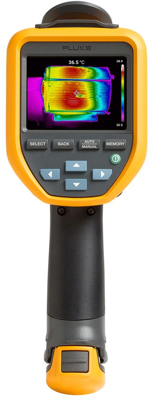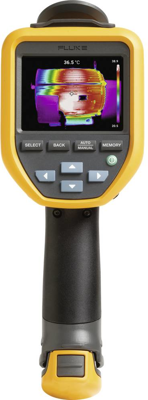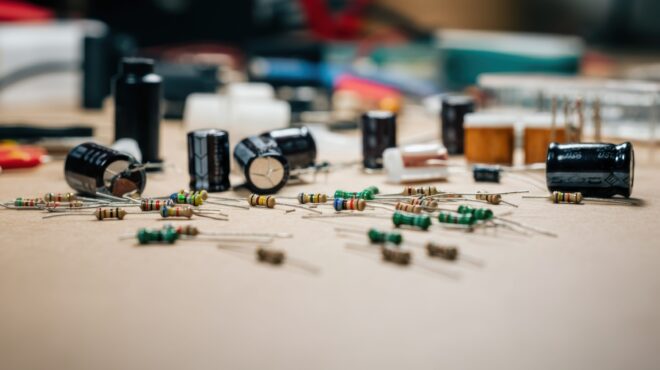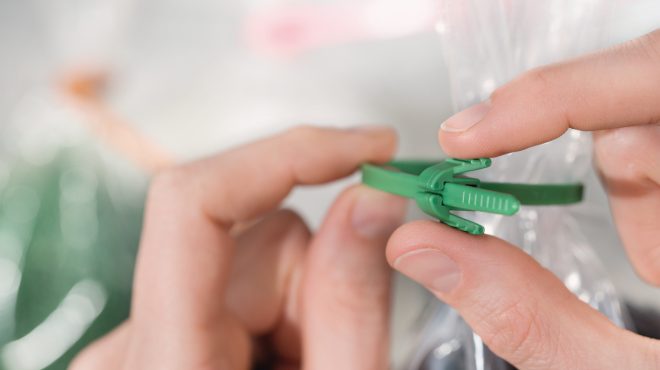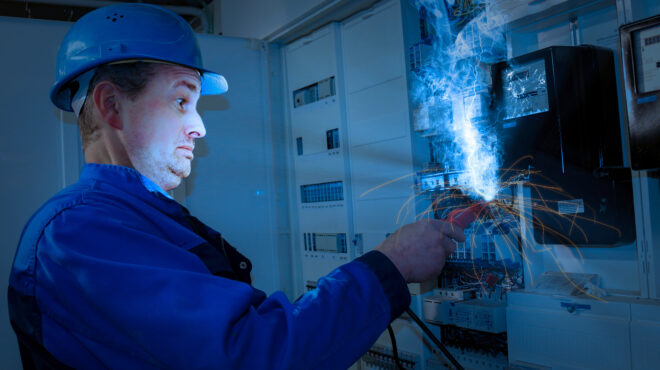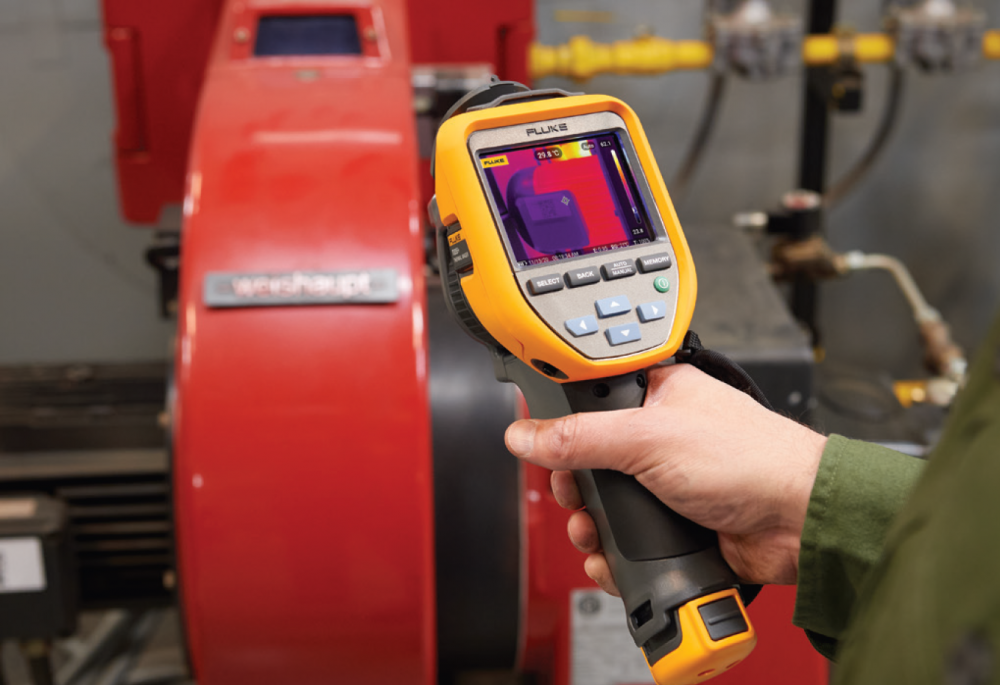
Facility Inspection with Thermal Imaging Cameras
Thermal imaging cameras are an efficient tool for facility inspection and make a significant contribution to increasing occupational safety. But what exactly are the areas of application for thermal imaging cameras and what advantages do they offer? In our article, we will also give you an insight into facility inspection with thermal imaging cameras from Fluke and show you how this technology can save you time and money.
Efficient inspection with thermography
The ever-increasing networking of production equipment demands ever higher availability. A properly functioning plant not only ensures the quality of the goods produced, but also a higher output in production and ultimately extends the service life of the plant itself. Preventive and condition-based maintenance can preserve these elementary functions. In addition to proper functioning of a plant, occupational safety should also be a focus of plant operators.
One method of preventive maintenance is thermography. By using thermal imaging cameras, a wide range of faults can be identified, such as electronic defects or problems with lubrication and positioning of shafts, up to malfunctions in the heat exchange process.
A particular advantage of facility inspection with thermal imaging cameras is that no direct contact with the object being measured is required. Temperature measurements are made without contact and without affecting the behavior of the system itself. The risk to personnel during inspection missions is thus reduced.
Other advantages of facility inspection with thermography are:
- Pictorial representation of the temperature distribution
- Automatic notification when temperature thresholds are exceeded
- Storage of thermographic data
Increased occupational safety with thermal imaging cameras
During troubleshooting and maintenance activities in industrial environments, work safety depends on one’s own handling and on the environment. Therefore, care should always be taken to ensure that the equipment is functioning properly within the given specifications. This can prevent damage or injury due to overheating, misalignment, or problems in the network.
Ideally, the equipment to be inspected can be examined from a safe distance. A thermal imaging camera is suitable for this purpose. The camera can be used to scan equipment, structures and processes from a safe distance. Under certain conditions, a hot work permit can then be waived.
Possible applications of thermal imaging cameras at a glance:
- Monitoring and measuring bearing temperatures in large engines and other rotating machinery.
- Detecting overheated areas in electronic equipment
- Identifying leaks in sealed vessels
- Detecting faulty insulation in piping and other insulated processes
- Identifying faulty connections in high-energy circuits
- Looking for overloaded circuit breakers in a sub-distribution panel
- Detecting fuses that are operating near their maximum allowable current rating
- Identifying problems in electrical switchgear
- Detecting process temperatures
Applications of thermal imaging cameras in facility inspection
Thermal imaging cameras can be used in a variety of ways in facility inspection. Three main areas of application can be identified:
Inspection of electrical equipment: when using a thermal imaging camera, inspections can be performed outside the arc zone. In addition, equipment that is switched on can be scanned through special infrared windows without having to open the control panel first. This minimizes risks and also reduces the need for personal protective equipment (PPE).
Explosive environments: In explosive environments, thermal imaging cameras can be used with a telephoto lens. This allows the inspection to be performed much further away from the equipment and still gather all the information. In addition, scanning from a greater distance reduces the amount of climbing required to inspect towers and air purification systems.
Building inspections: A telephoto lens and/or a wide-angle lens can also be used to scan large portions of a ceiling, roof, or a larger wall area from ground level. This speeds up the inspection and minimizes the risks of a fall or similar.
Facility inspection with Fluke thermal imaging cameras
Fluke‘s thermal imaging cameras are specifically designed for troubleshooting and inspecting equipment and wires. The cameras are suitable for a wide range of applications and can be used in the harshest industrial environments:
- Portable thermal imaging cameras for preventive inspection, electrical inspections and on-site troubleshooting.
- Thermal imaging cameras with panning screen for close-up and remote inspections
- Fixed mounted thermal imaging cameras for continuous collection of infrared data
Thermal imaging cameras with personal assistants
During inspections, documentation is an important part of keeping track of which equipment has already been inspected. Fluke’s TiS55+ and TiS75+ thermal imaging cameras include personal assistants that allow you to add any information to stored images. This includes
- Voice memos of max. 60 seconds for accurate description of inspection results in real time
- IR photonotes: Photo captures of device numbers and other features to support your memory when viewing the images on the computer
- Asset tagging: sorting of images by devices and assets using QR codes on assets
Thermal imaging cameras at Bürklin Elektronik
In our online store, we offer a wide range of thermal imaging cameras for predictive maintenance from well-known manufacturers. Need help selecting the right thermal imaging camera for your application? Our service team at Bürklin Elektronik will be happy to help you. For comprehensive advice, contact us quickly and easily via our contact form.

